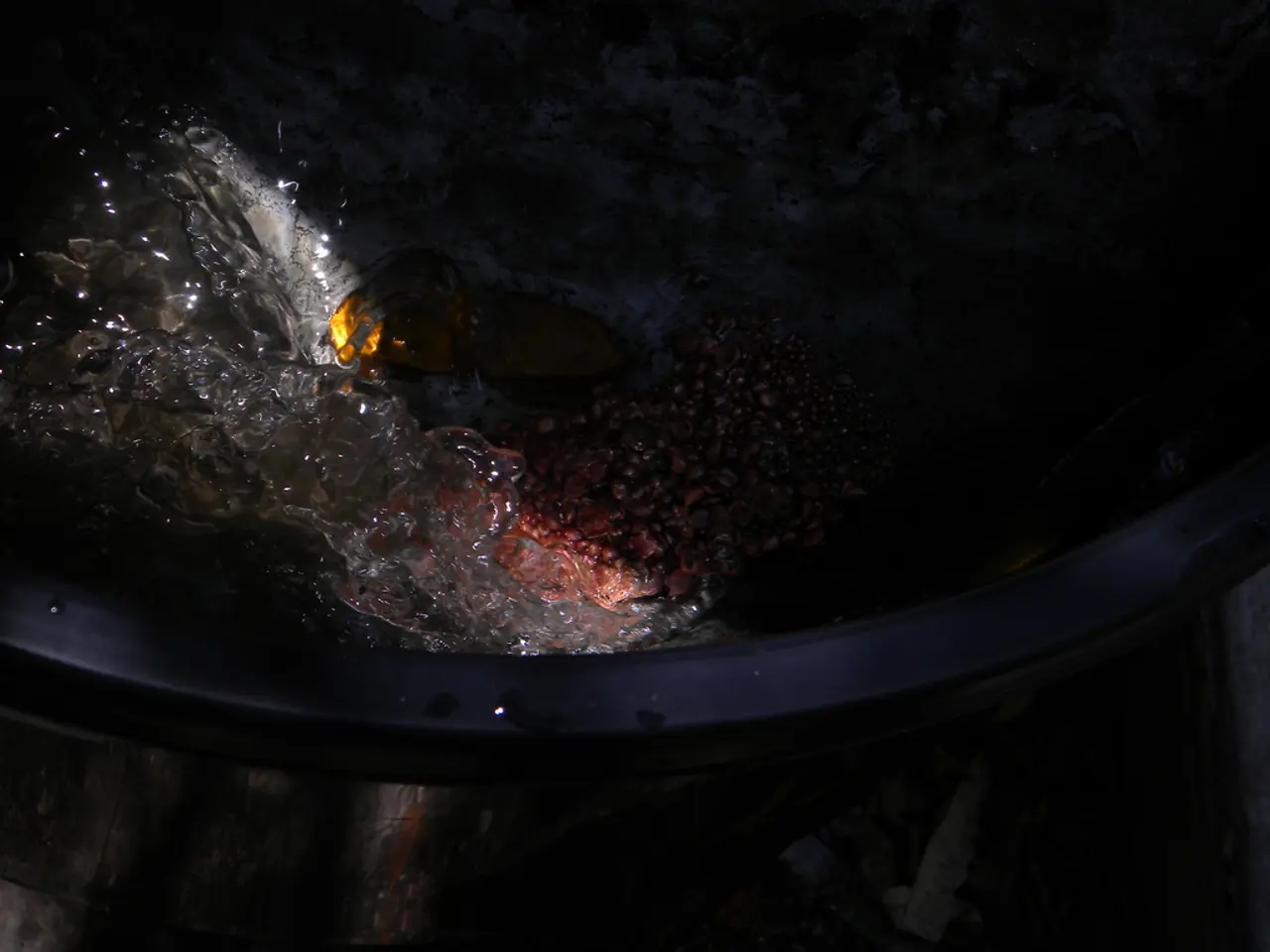Degradation of Surface Water in LEED Green Associate Program: Understanding the Causes
In today's urban landscapes, the expansion of impervious surfaces such as roads, parking lots, rooftops, and sidewalks has become a common sight. However, this alteration comes with significant consequences for the environment, particularly on surface water quality.
Rainwater, in its natural course, would infiltrate into the ground, replenishing groundwater reserves and maintaining a balanced hydrological cycle. But with the rise of impervious surfaces, rainwater is prevented from doing so, leading to increased surface runoff. This surge of water can carry pollutants like oil, grease, chemicals, and sediment directly into nearby water bodies, degrading their quality.
The degradation of surface water quality is not just an environmental concern, but also a matter of importance for those preparing for the USGBC LEED Green Associate exam. Understanding the impacts of impervious surfaces on surface water quality is crucial for earning the USGBC LEED Green Associate certification.
The alteration caused by impervious surfaces can also lead to flooding, erosion, and damage to aquatic habitats. To combat these issues, LEED projects can incorporate strategies to minimize the effects of impervious surfaces on surface water quality. These strategies include the use of permeable paving, green roofs, and rainwater harvesting systems.
Permeable paving allows water to infiltrate into the ground, reducing surface runoff and improving water quality. Green roofs, on the other hand, not only reduce surface runoff but also act as a natural filtration system, helping to remove pollutants from surface runoff before it reaches water bodies. Rainwater harvesting systems collect and store rainwater for later use, helping to reduce surface runoff and thus minimizing the amount of pollutants that reach water bodies.
Outdoor filtration systems also play a crucial role in treating and removing pollutants from surface runoff before it reaches water bodies, thereby improving water quality.
In conclusion, the expansion of impermeable surfaces contributes to the deterioration of surface water quality. However, by implementing strategies such as the use of permeable paving, green roofs, rainwater harvesting systems, and outdoor filtration systems, we can mitigate the negative impacts of impervious surfaces on our environment and strive for sustainable development.
Read also:
- visionary women of WearCheck spearheading technological advancements and catalyzing transformations
- Recognition of Exceptional Patient Care: Top Staff Honored by Medical Center Board
- A continuous command instructing an entity to halts all actions, repeated numerous times.
- Oxidative Stress in Sperm Abnormalities: Impact of Reactive Oxygen Species (ROS) on Sperm Harm








